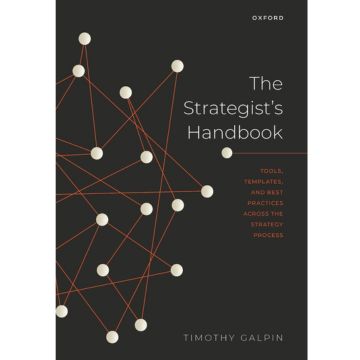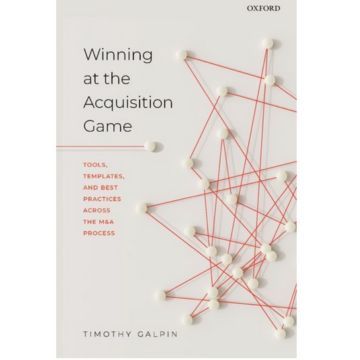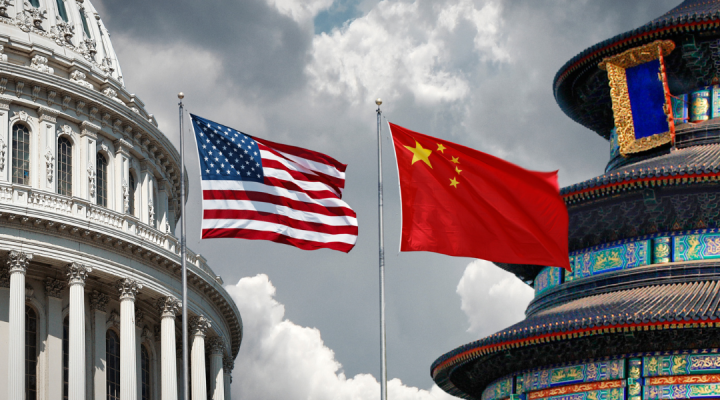According to the Financial Times, 2023 saw mergers and acquisitions (M&A) activity drop below $3 trillion for the first time since 2013, down 17% from 2022. Moreover, it was the first time since 2008-09 that the value of deals announced fell more than 10% for two consecutive years. Various factors have contributed to the recent slump in dealmaking including higher interest rates making it more expensive to finance debt-funded transactions, heightened geopolitical tensions causing dealmakers to pause when considering cross-border deals, and a subdued economic outlook across various regions.
Still, about $2.9 trillion worth of transactions were conducted globally during 2023, and the findings of the 2023 edition of the Annual M&A Success Survey, sponsored by Global PMI Partners, Saïd Business School, and Sterling Technology, offers valuable insights for dealmakers to bear in mind during 2024, when M&A activity is predicted to pick up as the year progresses. A case in point are the recent discussions between Warner Bros Discovery and Paramount about a potential $38 billion mega-merger, which if completed could trigger other media deals to consolidate an industry whose profitable pay and broadcast TV businesses are rapidly deteriorating. Dealmakers in media and other industries such as technology, pharma, and energy who also have deals in the 2024 pipeline would do well to apply the key lessons from the 2023 Annual M&A Success Survey to their impending transactions.
Some key statistics from the survey include:
- Almost 20% of respondents 'do not know' if their last transaction was successful.
- 72% of acquirers who validate, manage, and track their synergies have a high deal success score.
- 61% of respondents leveraged or hired internal resources or had existing expertise in place.
- Nearly 70% of respondents used a playbook for both M&A integrations and carve-outs.
Seven key lessons for dealmakers from the 2023 survey
1. Ignore ESG at your peril
Environmental, Social and corporate Governance (ESG) has become a key factor throughout the M&A process by providing strategic deal rationale, being an essential element of due diligence, inclusion of ESG provisions in the Sales and Purchase Agreement (SPA) and prioritising the post-deal integration of ESG assets and 'cross-pollinating' ESG practices between the combining firms.
2. Conduct M&A to accelerate your strategy
ESG as a strategic driver of deal rationale was followed closely by accessing new customer bases, acquiring new talent pools, entering emerging economies, and enhancing supply chain resilience.
3. Use M&A to help you leverage AI
Technology-related acquisitions rose, with companies looking to enhance their digital capabilities and access innovative technologies including artificial intelligence (AI) capabilities.
4. Don’t just do deals, do integrations
A greater emphasis was placed on post-merger integration, as companies recognised the need to efficiently combine operations, people, cultures, and technologies to realise the full potential of their transactions.
5. Focus on your core business
Selling a non-core business remains the most common driver of carve-outs, enabling firms to concentrate on driving the value of their core business.
6. Build your M&A capability across the entire M&A process
Planning, execution, and implementation were identified as dominant areas requiring improvement for future M&A.
7. Invest in M&A skills
Companies investing in internal integration and carve-out skills development were identified as achieving better results for their M&A activities.
Tim Galpin, Senior Lecturer of Strategy and Innovation, is an expert on mergers and acquisitions, and strategy formulation and execution. He teaches across our undergraduate and postgraduate degree programmes and is Programme Director of the Oxford Executive Diploma in Strategy and Innovation.






